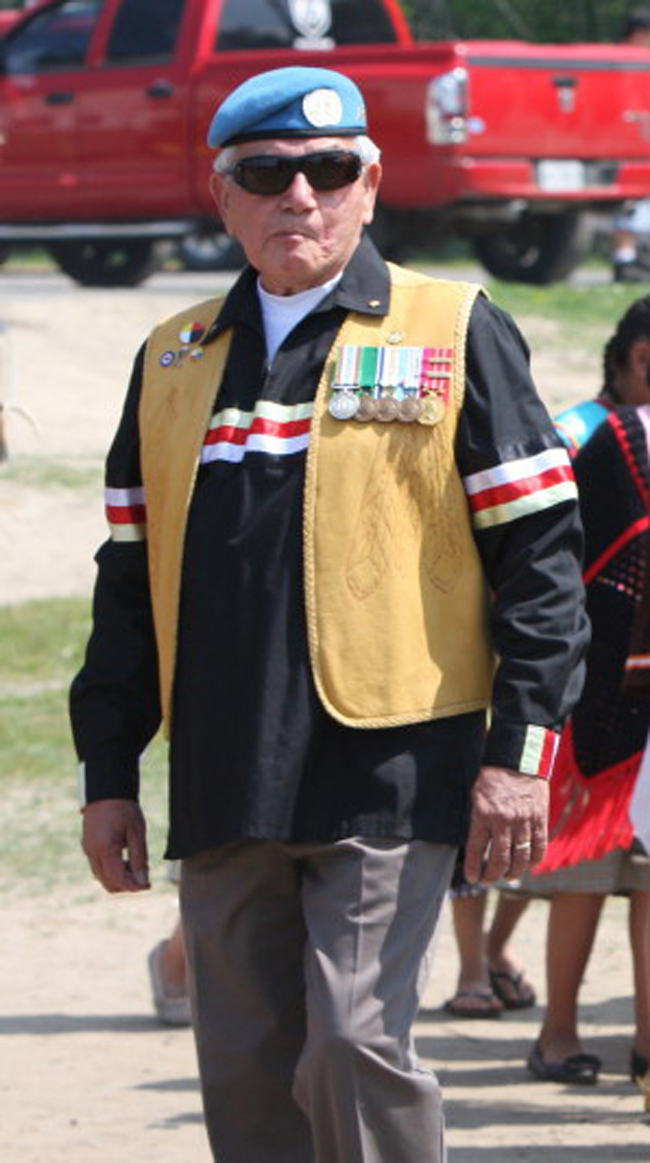Beausoleil honours warriors at York

By Sharon Weatherall
BEAUSOLEIL FN -About 50 First Nations citizens –including 25 youth, took part in Toronto’s Bicentennial Commemoration of the historic Battle of York on April 27, 2013. It was the first large-scale heritage festival to take place in celebration of Toronto’s 200-year history and its seat in government, which both trace back to the war.
Bill Jamieson became involved after researching the names of Chiefs and warriors of the Assance Band who participated in the War of 1812 as part of a project to create a new Veterans Memorial.
“Andy Big Canoe of Georgina Island was doing similar work with the late Marg Aldridge on this topic,” says Jamieson. “So when the War of 1812 Bicentennial Celebrations were made public we were asked to join this planning committee to share specific ideas.”
Volunteers from Georgina Island, Christian Island and Rama participated in the planning process, determined to remind the Canadian public that without the alliance of First Nations the outcome of this conflict may have been quite different. Members have applied for a federal grant to cover the costs associated with creating a documentary film and develop a curriculum on the War of 1812 for First Nation schools.
During the April 27 commemoration in Toronto of the Battle of York, BFN Councillor Jeff Monague, community members and students who formed part of a children’s choir singing “O Canada” in Ojibway, joined thousands at a Sunrise Ceremony, “Walking in their Footsteps” procession, and Service of Remembrance.
The day culminated with dedication of a memorial plaque honouring the 80 First Nations warriors who were the first to engage in combat with 2,000 American soldiers coming ashore from 14 ships anchored off York, the capital of Upper Canada. The invaders burned and looted the town before departing, but suffered almost as many casualties as the retreating British, who detonated an explosion in Fort York’s powder magazine.


